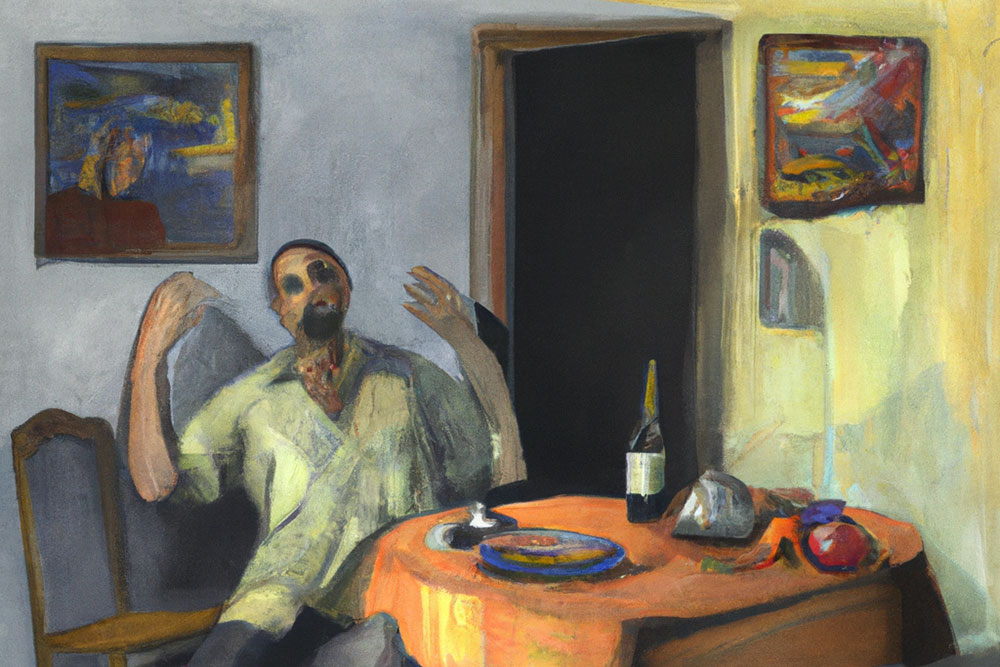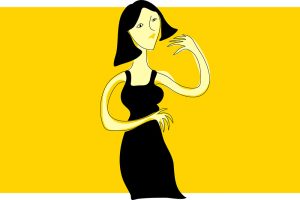What Are The Different Subtypes Of Bipolar Disorder?
Published on April 19th, 2019
Updated on January 3rd, 2024

Bipolar disorder can be difficult to diagnose. Often a person starts experiencing symptoms during their teenage years. Parents, teachers, and others may be concerned about the mood swings that the person is experiencing. They may shrug it off as normal mood swings that every teenager goes through. It is sometimes not until the person shows severe mood symptoms or displays dangerous behaviors that a family becomes concerned.
Although bipolar disorder is its own mental illness, there are four recognized sub-types. These are discussed in detail below.
Bipolar I Disorder is a condition in which a person has manic episodes that last at least one week, or, manic symptoms that are severe enough to require psychiatric hospitalization (dangerous behaviors, psychosis, etc.). A person with Bipolar I Disorder also has depressive episodes that last up to two weeks. A person will cycle back and forth between these episodes.
Sponsored by

Choose a therapist to work with and start healing with 20% off from BetterHelp.
Click HereBipolar II Disorder is a mental illness in which a person has hypomania. As discussed earlier in this article, hypomania is not as severe as full blown mania. This person will still have exaggerated energy levels, elation, euphoria, hyperactivity, and more. However, they will still be able to be productive and functional. They will not have the dangerous symptoms that come with mania. A person with Bipolar II Disorder also has depressive episodes.
Cyclothymic Disorder is less severe than the previous two types. People with cyclothymic disorder still have periods of hypomania and depression. Their symptoms are not as severe as people with Bipolar I or Bipolar II. They swing between hypomania and depression more frequently, having numerous episodes of these feelings in a small time span. In between their feelings of hypomania and depression, they feel perfectly fine and emotionally well-adjusted. They do not meet the diagnostic criteria for true depression or hypomania or mania.
There is a fourth category simply labeled unspecified bipolar disorder. Any type of bipolar disorder that does not meet the criteria for the first three falls into this category.
Bipolar disorder is difficult to diagnose since it is often misdiagnosed as a different illness. Sometimes a person with bipolar disorder will have psychotic symptoms such as hallucinations or delusions. This may lead them to being misdiagnosed with schizophrenia.
People with bipolar disorder are often diagnosed with attention-deficit hyperactivity disorder (ADHD) due to their manic episodes, hyperactivity, feeling wired, and need to have something to do. People with bipolar disorder also often misuse alcohol and drugs. This is due to their depressive feelings or their impulsive feelings. They often become addicted to these substances.
People with bipolar disorder have extreme mood swings, with long periods of feeling manic. They also have long periods of feeling depressed. It is important to note that often they do not recognize these mood swings even themselves. They may believe their feelings are completely normal compared with everybody else.
It is often not until family, friends, or therapists point out their symptoms that they are able to recognize that their mood swings are not typical.
Bipolar disorder is a lifelong disorder, and it typically worsens as a person gets older. It is important that a person seeks out professional help in order to get their bipolar disorder under control.
A psychiatrist will typically prescribe medications such as atypical antipsychotics, antidepressants, or mood stabilizers. It is also important for a person with bipolar disorder to attend psychotherapy.
Medications in conjunction with psychotherapy are shown to be a very effective tool in treating bipolar disorder. Episodes of mania and depression may still occur over time, and it is important to talk to a therapist or psychiatrist about this so they can adjust a treatment plan as necessary.
With a treatment plan in place, a person with bipolar disorder can live a happy, healthy life.
Sponsored by

Find an affordable therapist online with 20% off from BetterHelp.
Click Here






Leave A Reply